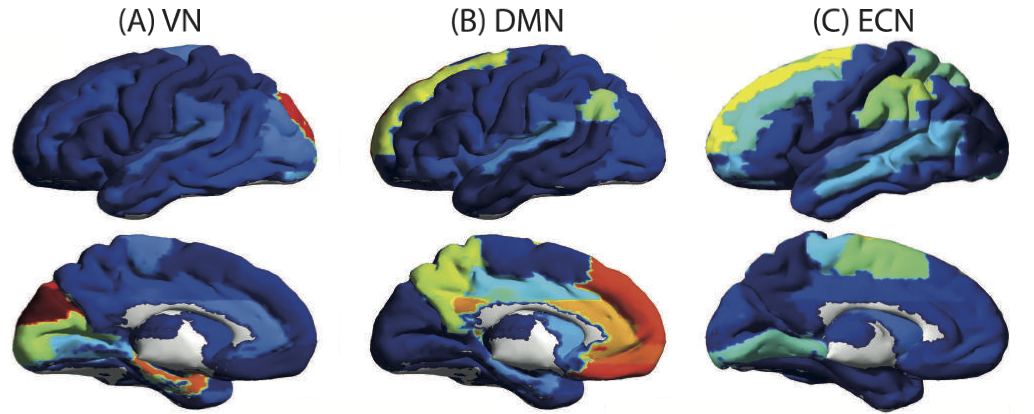Sparse plus low-rank autoregressive identification in neuroimaging time series
Authors
R. Liégeois, B. Mishra, M. Zorzi, and R. Sepulchre
Abstract
This paper considers the problem of identifying multivariate autoregressive (AR) sparse plus low-rank graphical models. Based on the corresponding problem formulation recently presented, we use the alternating direction method of multipliers (ADMM) to efficiently solve it and scale it to sizes encountered in neuroimaging applications. We apply this decomposition on synthetic and real neuroimaging datasets with a specific focus on the information encoded in the low-rank structure of our model. In particular, we illustrate that this information captures the spatio-temporal structure of the original data, generalizing classical component analysis approaches.
Downloads
- Status: Accepted for publication in the proceedings of the 54th IEEE Conference on Decision and Control, 2015.
- Paper: [arXiv:1503.08639] [Publisher’s pdf].
- Matlab code: [GitHub].
- Date of entry: 02 April 2015.
- Comments: For small to medium scale problems.




